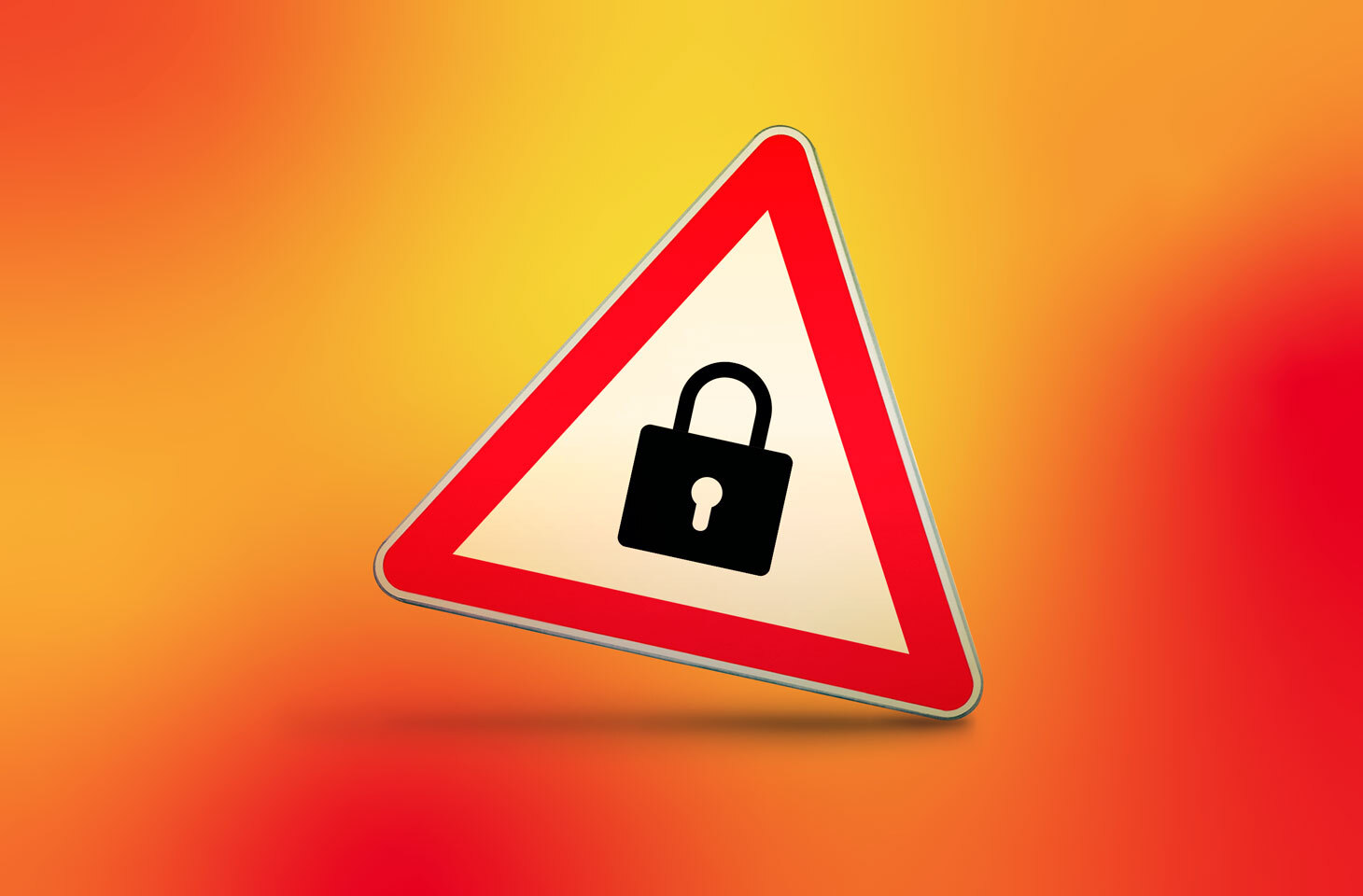Recent years have seen ransomware grow from an abstract curiosity into a major problem anyone can face — and that hundreds of thousands of people already have. Now a mass industry, ransomware even shows a division of labor, with some criminals writing malicious code and others selecting targets and using the code to infect them, earning a percentage of the ransom.
In the past couple of years, ransomers have focused increasingly on organizations, but that does not mean ordinary users are in the clear — people still get hit, sometimes even by accident. If you don’t want to lose your photos, documents, and other files, you cannot avoid picking up a few antiransomware skills and habits.
What is ransomware?
Ransomware is malware that searches a hard drive for user-valuable information (such as documents, tables, images, and databases) and encrypts everything it finds, locking the files. Next, the ransomware displays a message demanding payment to restore the data.
If the victim pays, one of several scenarios may play out:
- Sometimes the attackers actually send the decryption key with instructions;
- Some attackers simply take the victim’s money and vanish;
- In some cases, the cybercriminals cannot recover the data even if they want to — some ransomware damages files irrevocably.
Ransomware can get onto your computer in a variety of ways. For example, you might plug in an infected flash drive or download something from a shady website. E-mails with dangerous attachments or links to malicious sites are the most common sources of infection. Perhaps the most unpleasant aspect of many ransomware programs is their ability to spread across devices on the same network. That means if your home desktop picks up malware, you can expect an attack on your laptop as well. And one piece of ransomware on a work device can bring all corporate communications to a standstill.
What to do if your data gets encrypted
If your data gets encrypted, don’t panic. It’s a bad situation, but you may still be able to recover your files:
- Do not pay. Each ransom payment represents a financial contribution to malware development and a signal to the cybercriminals that the scheme is profitable. And it may not work — you may get nothing even if you comply.
- Use the Crypto Sheriff service on the No More Ransom website to find out what malware has infected your drive. A decryptor may already exist for it, in which case you can use it to recover your data without spending a dime.
- No More Ransom, which is supported by Europol and various anticybercrime companies, hosts dozens of decryptors.
- If you’re unable to find a decryptor for the ransomware that attacked you, keep checking; one might be released any day.
How to stay safe from ransomware
Now that you know the enemy, it’s time to learn a few information hygiene rules that can help you avoid ransomware.
1. Make backups
Regularly save important files and documents to a cloud storage and to an external hard drive. You can limit photo backups to once a week or even every month, but be sure to back up important, current documents every few days or even daily. Backing up your files doesn’t have to be a chore: See our guide to automatic backup.
However you decide to back up your data, don’t delay. Having a backup in the event of a ransomware attack — or if the cat walks across the keyboard and deletes your report — means you don’t have to lose any work.
For a successful backup, don’t forget a few important rules:
- Connect the backup hard drive only when you’re writing to or reading from it. Any drive connected to the computer at the time of a ransomware attack will be encrypted as well.
- Protect access to cloud storage with a strong password and two-factor authentication.
2. Be careful with messages
E-mail attachments and infected websites are the most common hiding places for ransomware Trojans, so treat all unexpected e-mails and messages as potential sources of danger. What makes a message suspicious, though? It’s a gray area requiring consideration and judgment.
- Make sure you know the sender. Treat content, attachments and links in e-mails from strangers with the utmost skepticism. This applies to messages in messaging apps, social networks, and forums as well. If you have any concerns, consign the message to your spam folder, especially if it promises unexpected payouts.
- To encounter such messages less often, configure spam filtering and mail traffic scanning in your security solution.
- If you receive a suspicious link or file that you weren’t expecting from someone you do know, contact them by phone or in another format; their account or mailbox may have been compromised.
3. Avoid suspicious websites
Not limiting themselves to links in e-mails, cybercriminals employ a formidable array of tricks to dupe victims into downloading malware. If clicking on a banner results in an unexpected Web resource appearing, or the screen prompting you to download something, close the page immediately. You are very likely seeing an infection attempt.
4. Update software in a timely manner
To penetrate devices, cybercriminals often exploit known vulnerabilities that developers have already patched. Anyone who doesn’t update their software regularly is at particular risk. Turn on automatic updates wherever possible, and regularly check for updates for apps that don’t update automatically.
5. Install a security solution
Modern security solutions can identify and block malware in real time. For example, Kaspersky Plus includes a range of tools to protect users against ransomware. Even in the unlikely event that a particularly cunning piece of malware makes it past file antivirus protection, it won’t be able to do much: Kaspersky Internet Security analyzes the actions of running apps and blocks attempts to encrypt files or rolls back the actions of malicious programs if they manage to damage any data.
 Ransomware
Ransomware
